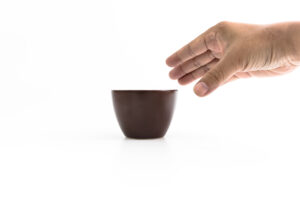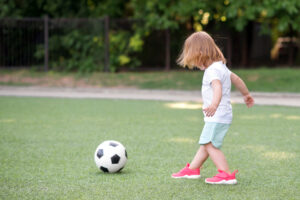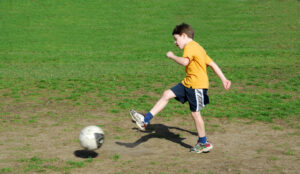Motor Planning
Physical movement requires a set of skills or abilities known as “motor planning.” The steps go something like this:
- Come up with the idea to move. Example – Pick up a cup
- Develop a plan on how to accomplish the idea. Example – 1st Raise hand, 2nd extend wrist and fingers, 3rd flex fingers to grasp cup
- Perform or execute the plan with physical movement.

Some motor planning difficulties simply require practice to overcome such as swinging a golf club or shooting a basketball. You can have the idea that you want to swing a golf club. You develop a plan to perform the movement after watching videos. With practice, you gradually get your body to execute the swing successfully.
More serious problems with motor planning can be developmental and make a child look clumsier than average. Your child may have the idea to climb a piece of playground equipment but cannot come up with a plan to get their body up there. Or, they may not be able to execute their plan because of difficulty coordinating their movements. Such challenges may limit your child’s social development and their desire to be more physically active. If you notice such difficulties in your child, you may want to seek medical advice to rule out a diagnosis of Dyspraxia or Developmental Coordination Disorder.
Ways to address motor planning difficulties:
- Practice and/or attempt movement tasks after breaking them down into smaller steps. Example – 1st Stand still and kick a stationary ball, 2nd Kick a moving ball from standing, 3rd Run up to kick a stationary ball, 4th Finally run up to successfully kick a moving ball



- Participate in fun activities like Simon says, yoga, and obstacle courses, at a difficulty level that make them challenging but not frustrating.
- Slow the speed down and give more time to try difficult movement activities.
- Strengthen yourself so your muscles actually have the power to do the grab, kick, swing, or lift movements you have the idea and plan to carry out.
Motor planning challenges can also occur at any age after a brain injury like in a stroke or concussion. In such cases, programs of clinical rehabilitation will work to restore motor planning capabilities.
